
Review on PETG rod ABS Maker 1.75 mm, 1 kg, black by Stanisaw Lewczuk ᠌

The right product for me, there were no problems.
Prints out beautifully! The temperature should be between 230 and 250 degrees Celsius. I adjusted it to 240 degrees Celsius, and the flight should go as usual. If you have properly adjusted the distance that separates the nozzle and the table, then there won't be any issues with the product adhering to the table. There is no evidence of "snot" throughout the printing process. The temperature of the table was adjusted to be between 60 and 70 degrees Celsius. When printing particularly wide or long components, the edges of the model come off, but the sin is on the printer and on my own hands - the plastic has nothing to do with it. Several times, I increased the temperature of the table to ninety degrees Celsius, and this eliminated the problem of sticking nearly entirely. However, maintaining the table heated at such a temperature is somewhat frightening, so for the time being, I am conducting my experiments at the regular temperature of sixty to seventy degrees Celsius. I would encourage anyone who has any reservations to go ahead and give it a shot. You may rest assured that you won't be let down in any way! In my opinion, PETG is a very intriguing type of plastic, and I would like to add that. Firm yet slightly bendable. robust while also having the ability to endure dynamic loads. PETG is a good alternative to nylon when it comes to printing gears; therefore, if the cost of nylon makes you nervous, you should consider using PETG instead. It possesses the benefits that PLA and ABS polymers are known for. It has a sheen on the outside, which gives the finished models a reasonably acceptable appearance, particularly if they were printed using the highest quality setting. The most important thing is to not sand it, because if you do, all of the shine will be gone. Unless, of course, you have specifically excluded this from your plans:) My first experience with plastic was with PETG. The PLA plastic that was needed was included on a short roll that was included with the printer (a Flying Bear Ghost 5). After considering both the theoretical and practical aspects, I have no interest in looking into PLA. Without a doubt, PETG. However, there are many possible tasks, and each assignment is unique; therefore, you should look them over and pick one that suits your preferences and color scheme:)
- Wonderful plastic! This is the option that offers the best value for your money. You will have a difficult time finding anything else within PETG that is more valuable for such a price.
- No defects found.
New products
Comments (0)
Top products in 🖨️ 3D Printing Supplies
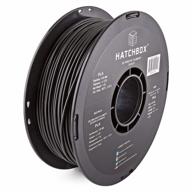
Premium Quality Black HATCHBOX PLA 3D Printer Filament With High Dimensional Accuracy - 1 Kg Spool, 3.00 Mm

37 Review
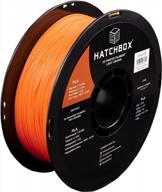
High-Quality 1.75Mm Light Orange PLA 3D Printer Filament By HATCHBOX - 1 KG Spool With +/- 0.03 Mm Dimensional Accuracy For Exceptional 3D Printing Filament Results

25 Review
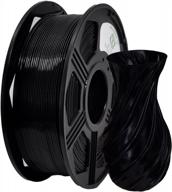
YOYI 3D Printer Filament - PETG 1.75Mm 2.2Lbs(1Kg) Spool, High Accuracy +/- 0.03 Mm, 100% New Raw Material!

32 Review
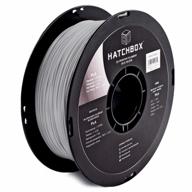
HATCHBOX 1.75Mm Silver Silk PLA 3D Printer Filament - Dimensional Accuracy +/- 0.03Mm, 1Kg Spool

32 Review
Another interesting products
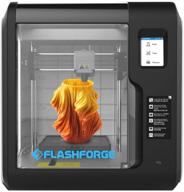
Flashforge Adventurer 3D Printer with Detachable Precision Leveling System

6 Review

🖨️ IFUN 3D Printing Liquid Resin: High-Quality Innovative Solution

5 Review
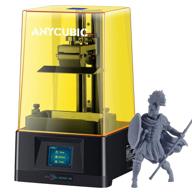
🖨️ ANYCUBIC Assembled Innovation Off Line Printing: Streamline Your Printing Process with Cutting-Edge Technology

5 Review

High-Precision And Stable Creality Ender 3 V2 3D Printer With New UI, Silent Mainboard, Effortless Filament Feed-In, XY-Axis Tensioner, Resume Printing, And Large Build Volume Of 220×220×250Mm

11 Review

